
Electricity is the energy that most people in the world use for lighting, so the biggest impact of everyone turning on their lights at the same time would be a spike in demand for electricity.
Electricity is a form of energy that is generated from many different fuels.
A power plant is a place where electricity is generated from sources such as coal, natural gas, uranium, water, wind, and sunlight. The electricity is then transmitted to a transmission and distribution network, called the grid, which delivers electricity to homes and businesses.
To maintain grid stability, electricity must be supplied on demand. When someone turns on a light, they draw electricity from the grid. Generators must immediately supply an equivalent amount of electricity back to the grid. If the system becomes unbalanced, even for a few seconds, a blackout can occur.
Power system operators use sophisticated sensors and computers to monitor electricity demand, so they can increase or decrease power output as needed.
Total electricity demand, known as load, varies greatly from hour to hour and season to season. To understand this, compare how much electricity your home uses during the day versus at night, or during a summer heatwave versus a cool fall day.
Responding to surge demand
If everyone in the world turned on their lights at the same time, demand for electricity would spike. Power plants would have to ramp up their generation very quickly to avoid system failure. However, each plant responds to changes in demand in different ways.
Coal and nuclear power plants can provide a lot of electricity most of the time, but if they have to shut down for maintenance or have a problem, it can take hours to get them back online. They are also slow to respond to changes in load.
Natural gas-fired power plants can respond more quickly to load changes, so they are often chosen to meet peak demand periods, such as hot summer days.
Renewable sources of electricity like solar, wind and hydro are less polluting but are harder to control. This is because the wind does not always blow at the same speed, and the sunshine is uneven in most places.
Grid operators use large storage devices to balance the flow of electricity as demand rises and falls. However, it is currently impossible to store enough electricity in these “storages” to meet the needs of an entire town or city because they would be too expensive and run out too quickly.
Some hydroelectric plants can pump water into a lake during times of low demand, then release water from the lake to generate electricity when demand is high.
Fortunately, if everyone turns on the lights, there are two factors that prevent a total system crash.
First, there is no single global power grid. Most countries have their own power grids, or multiple regional grids. Neighboring grids, such as those in the US and Canada, are often interconnected so that countries can transfer power across borders.
However, they can be disconnected quickly, so even if power goes out in some areas, the chances of the entire grid going down at the same time are very low.
Second, over the past 20 years, LED bulbs have replaced many older types of light bulbs. LEDs work differently than previous bulb designs and produce more light per unit of electricity, so they draw less power from the grid.
The stars in the sky are dimmed.
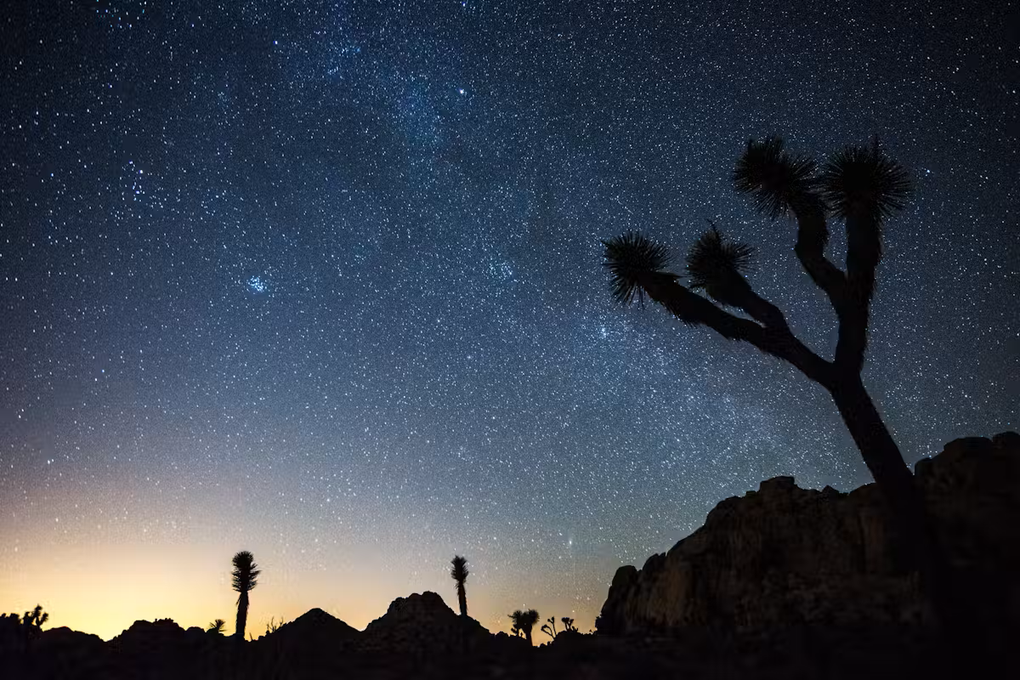
As the intensity of ground lighting increases, so does the brightness of the sky – the dim light that covers towns and cities at night.
Skyglow occurs when light reflects off fog and dust particles in the air, creating a diffuse glow that obscures the night sky. The light is difficult to control, for example, it can reflect off bright surfaces such as car windows and concrete.
Beyond dimming the stars, light pollution can harm human health by interfering with the body's natural sleep-wake cycle. It can also disorient insects, birds, sea turtles and other wildlife.
Source: https://dantri.com.vn/khoa-hoc/dieu-gi-xay-ra-neu-tat-ca-moi-nguoi-tren-trai-dat-bat-den-cung-luc-20250815011936971.htm







![[Photo] Binh Trieu 1 Bridge has been completed, raised by 1.1m, and will open to traffic at the end of November.](https://vphoto.vietnam.vn/thumb/1200x675/vietnam/resource/IMAGE/2025/10/2/a6549e2a3b5848a1ba76a1ded6141fae)
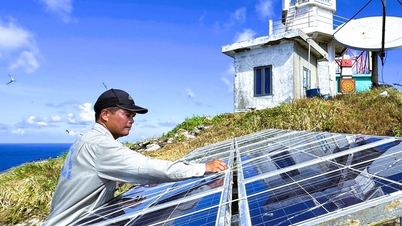

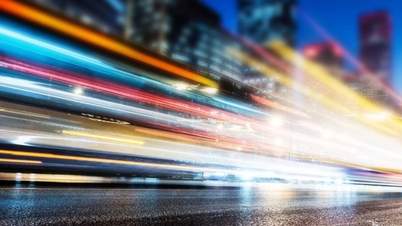
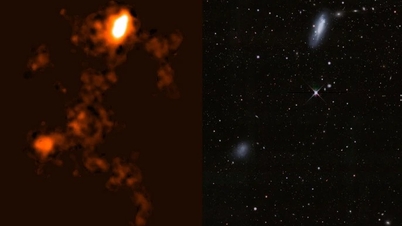

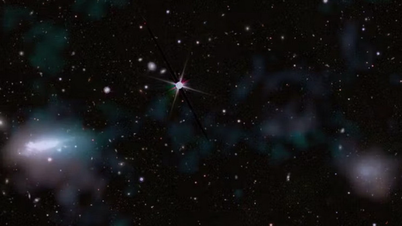



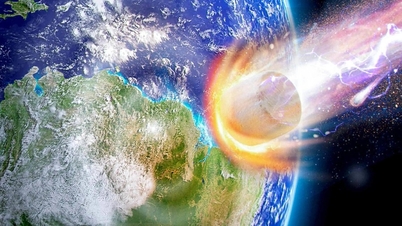















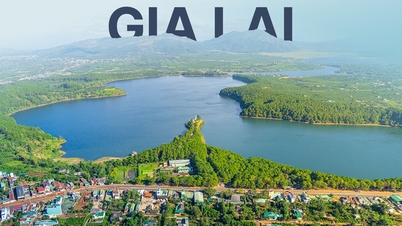




































































Comment (0)